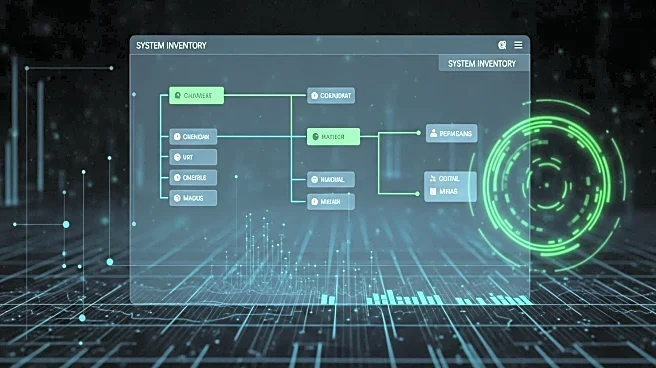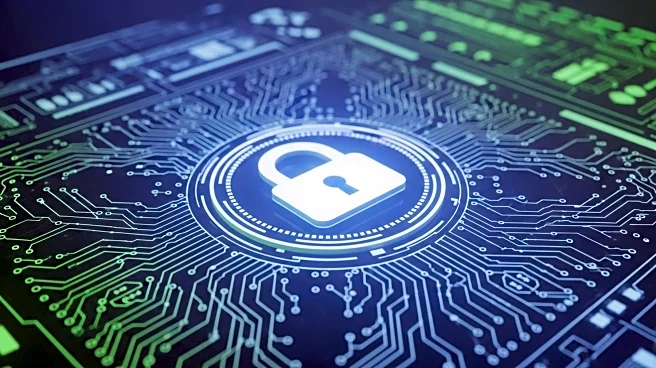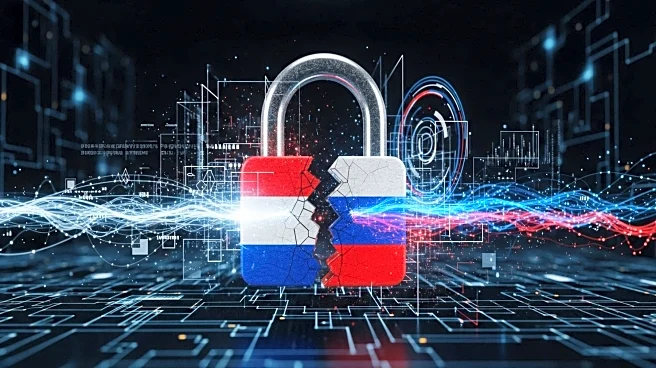What's Happening?
Cybersecurity agencies from the United States, Canada, Australia, New Zealand, the Netherlands, Germany, and the United Kingdom have released new guidance for operational technology (OT) organizations. This guidance focuses on building and maintaining a comprehensive and continually updated inventory of their systems. The document outlines how organizations can use asset inventories, software bills of materials (SBOMs), and other data sources to create a definitive record of their OT systems. This record is crucial for assessing risks and implementing appropriate security controls. The guidance emphasizes a holistic approach, considering the broader context of OT systems rather than focusing solely on individual assets. It also highlights the complexity and time-consuming nature of creating such records, recommending prioritization based on business impact, national impact, and system exposure.
Why It's Important?
The guidance is significant as it addresses the growing cybersecurity threats faced by OT systems, which are critical to national infrastructure and business operations. By maintaining an updated inventory, organizations can better detect vulnerabilities, apply security controls, and respond to incidents. This initiative is crucial as OT and IT domains increasingly face shared threats, such as insider threats and ransomware attacks. The guidance encourages collaboration between OT and IT teams, leveraging their combined expertise to enhance cybersecurity practices. This collaboration is vital for protecting industrial processes and operational constraints, ultimately benefiting organizations by improving their overall security posture.
What's Next?
Organizations are expected to implement the guidance by establishing processes for maintaining their OT system inventories. This includes defining data sources, validating collected information, and securing the information against potential threats. The guidance also calls for documenting third-party risks and ensuring secure communication protocols within OT networks. As organizations adopt these practices, they may face challenges in integrating OT and IT security efforts. However, the potential benefits of improved security and risk management are likely to drive continued efforts in this area. Stakeholders, including government agencies and industry leaders, may monitor the implementation of these guidelines and provide further support or updates as needed.
Beyond the Headlines
The guidance highlights the ethical and legal responsibilities of organizations to protect critical infrastructure from cyber threats. As OT systems are integral to national security and economic stability, ensuring their security is a matter of public interest. The collaboration between international cybersecurity agencies reflects a global recognition of the interconnected nature of these threats and the need for coordinated responses. This development may also influence future regulatory frameworks and industry standards, promoting a culture of proactive cybersecurity management across sectors.












